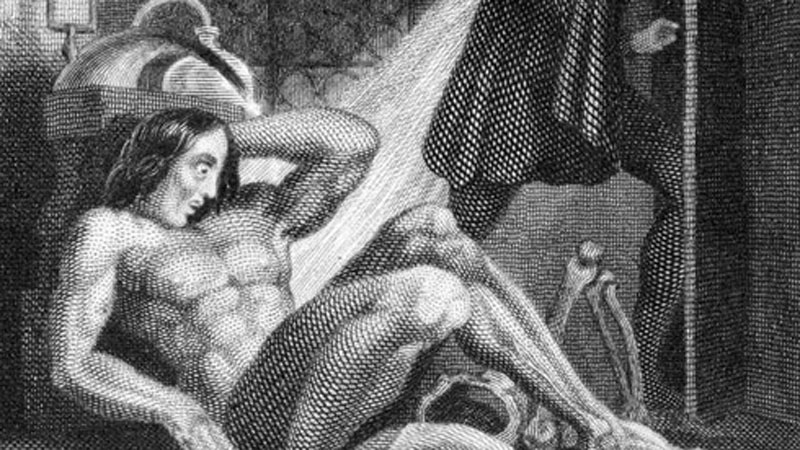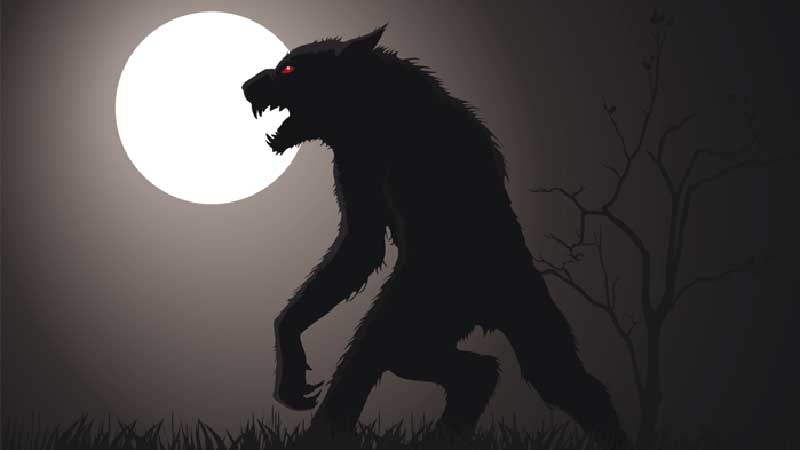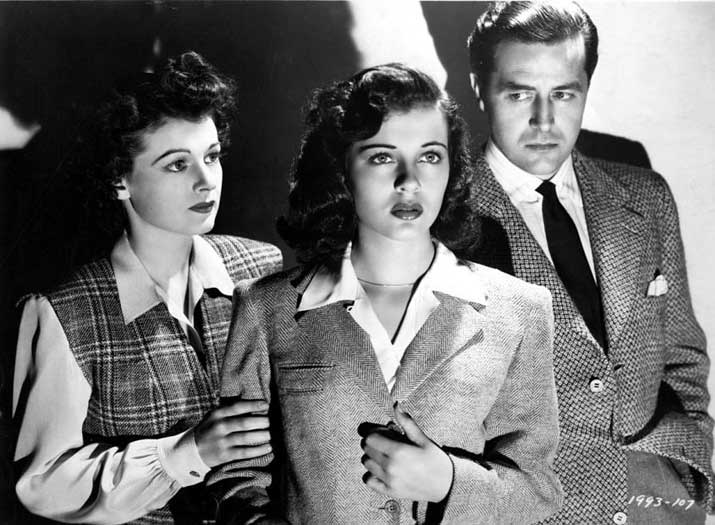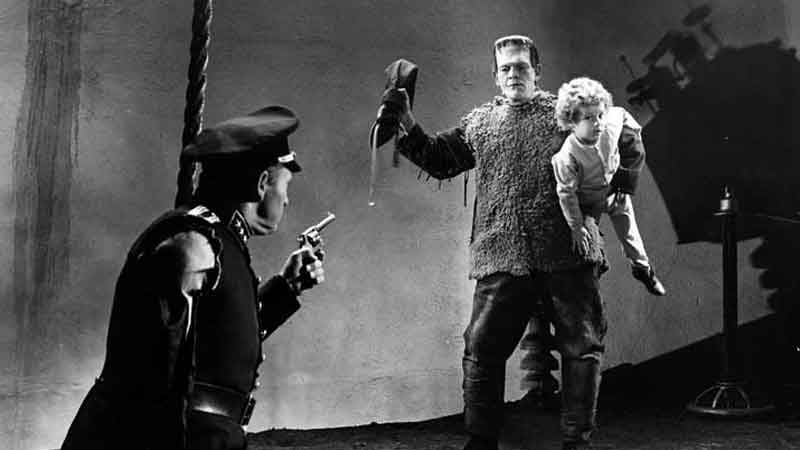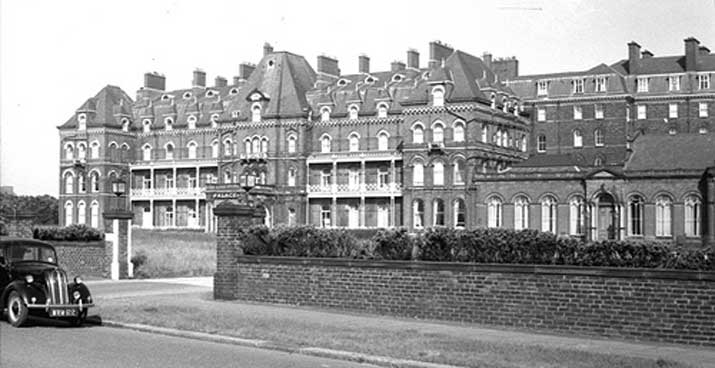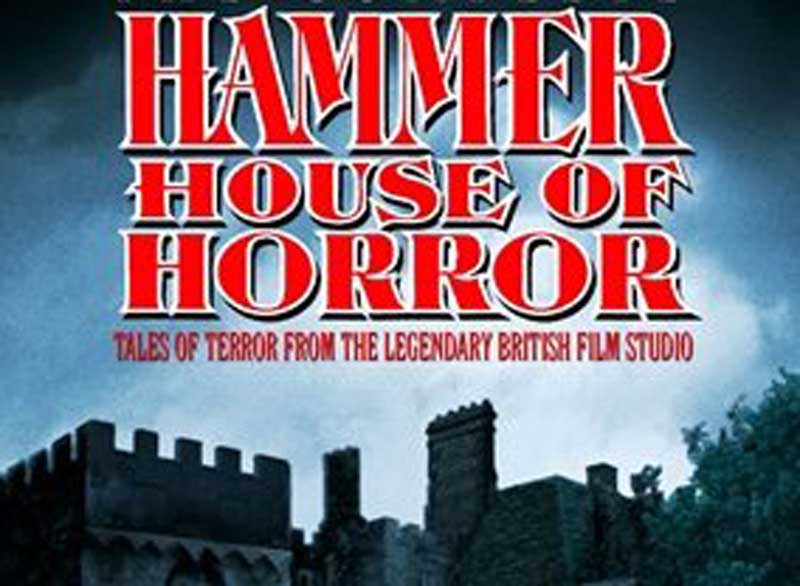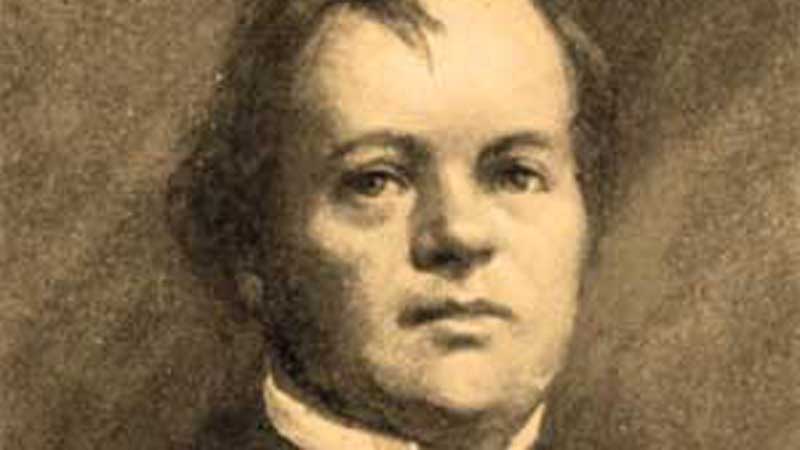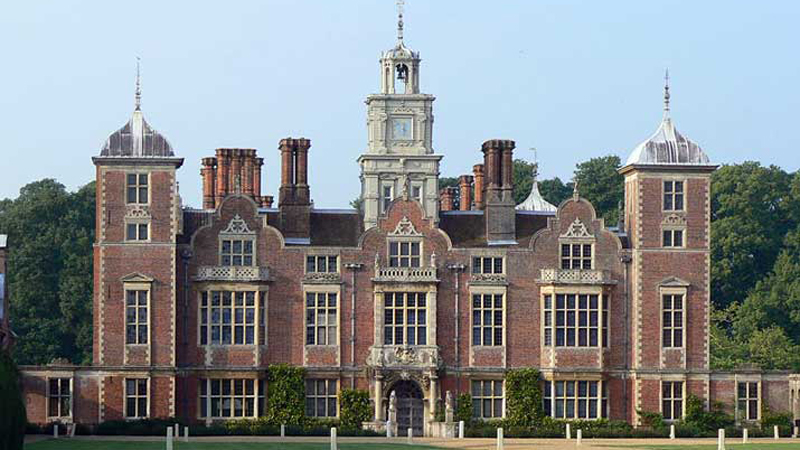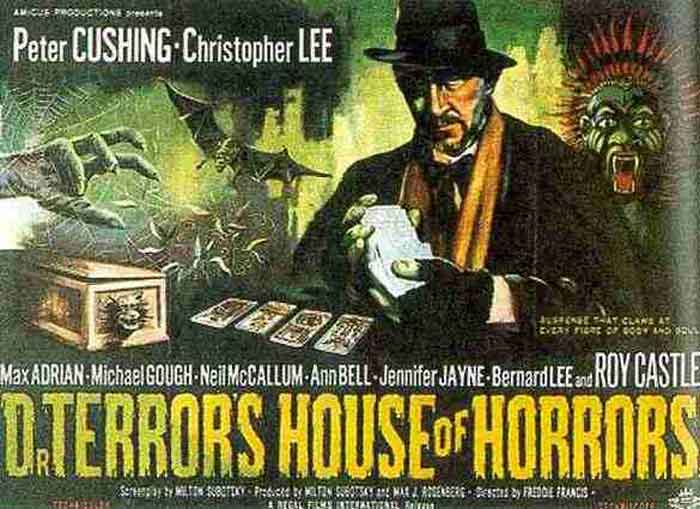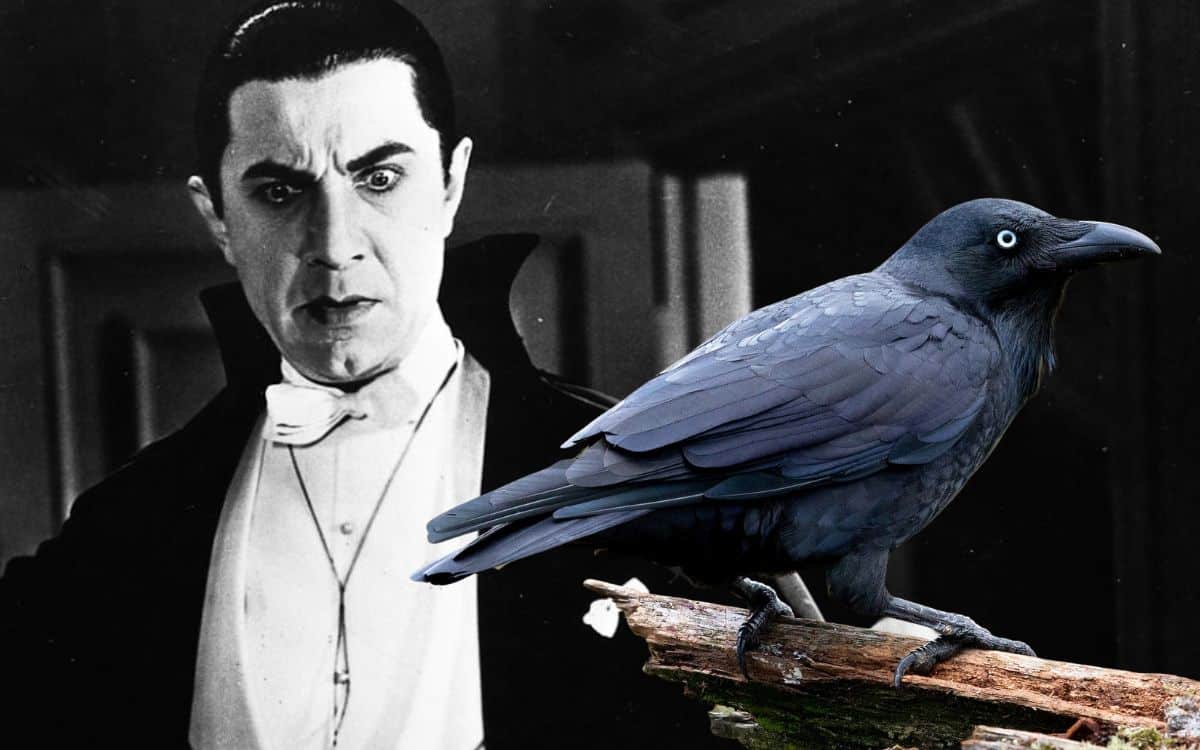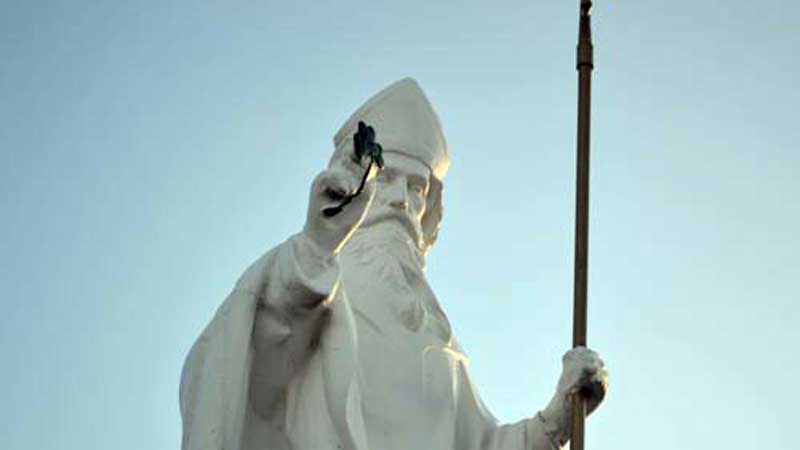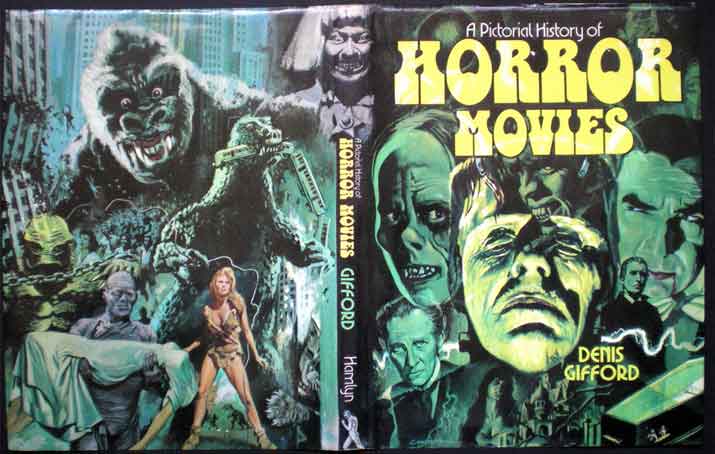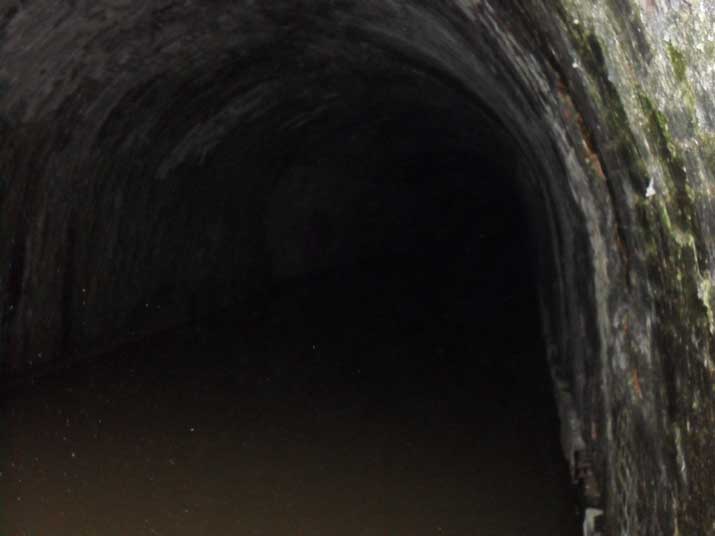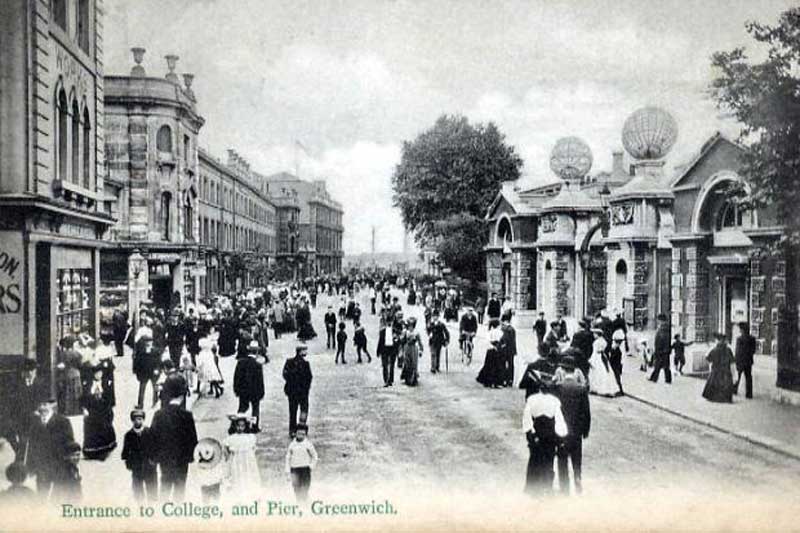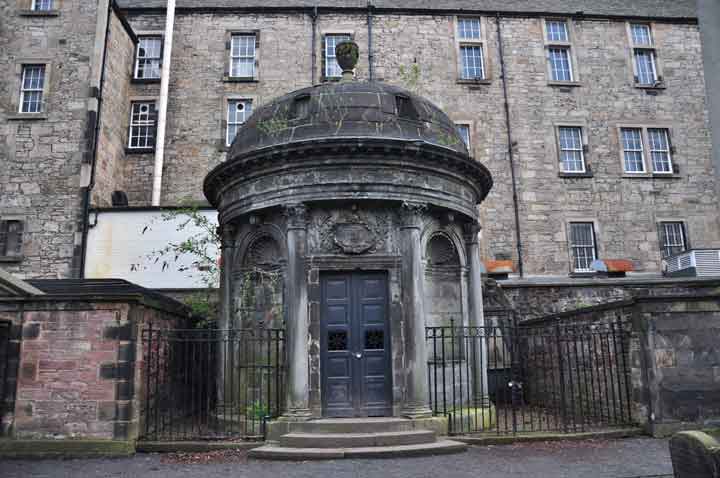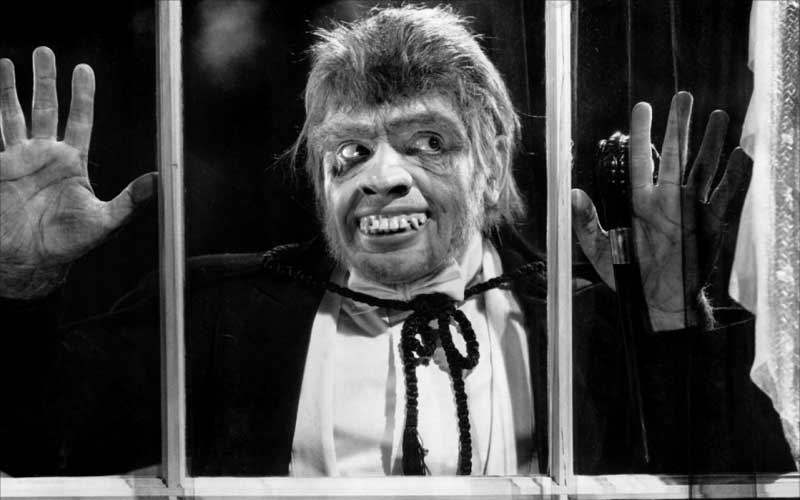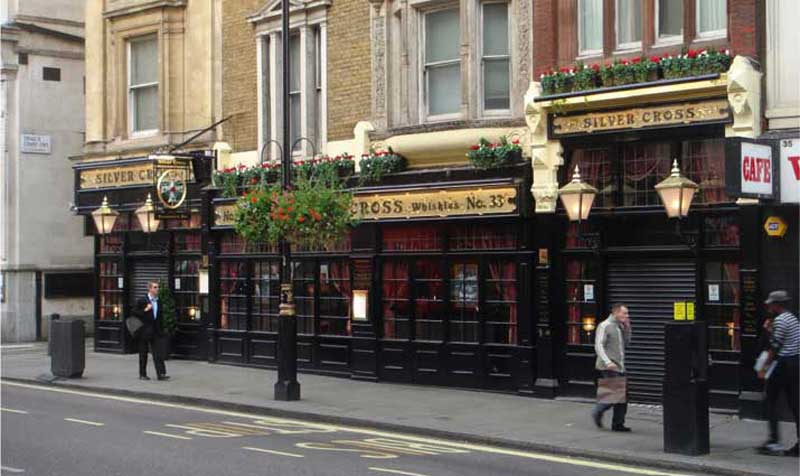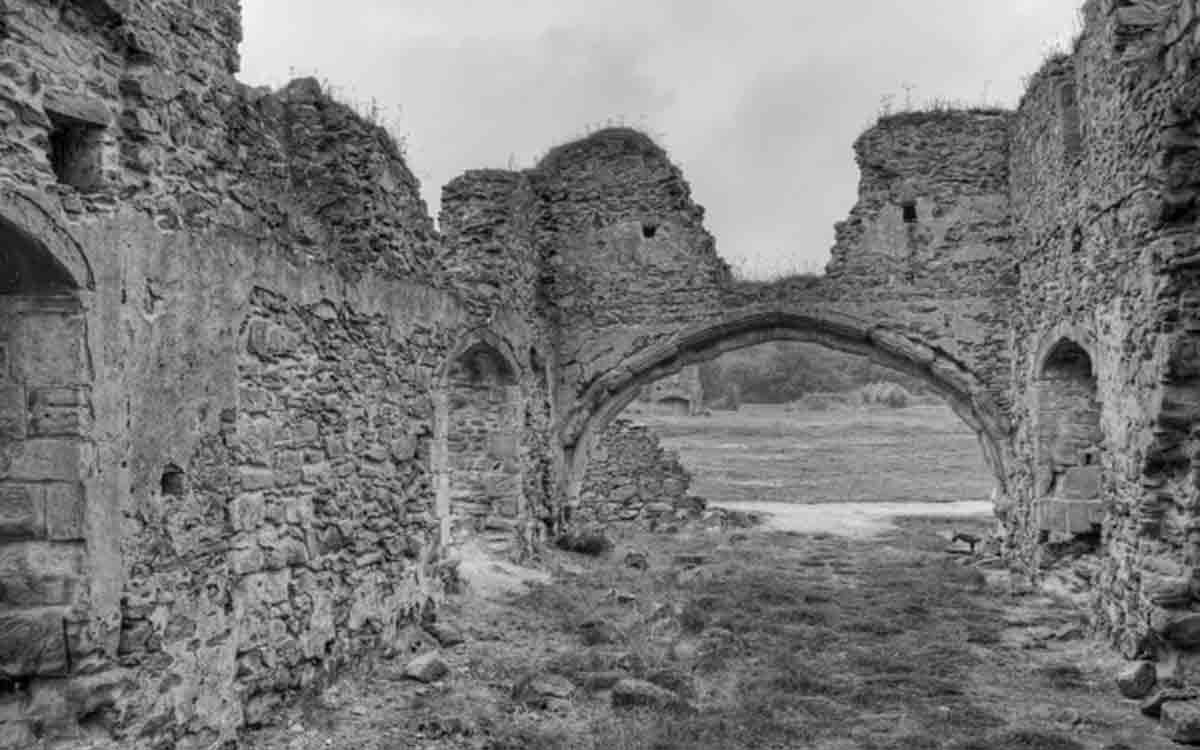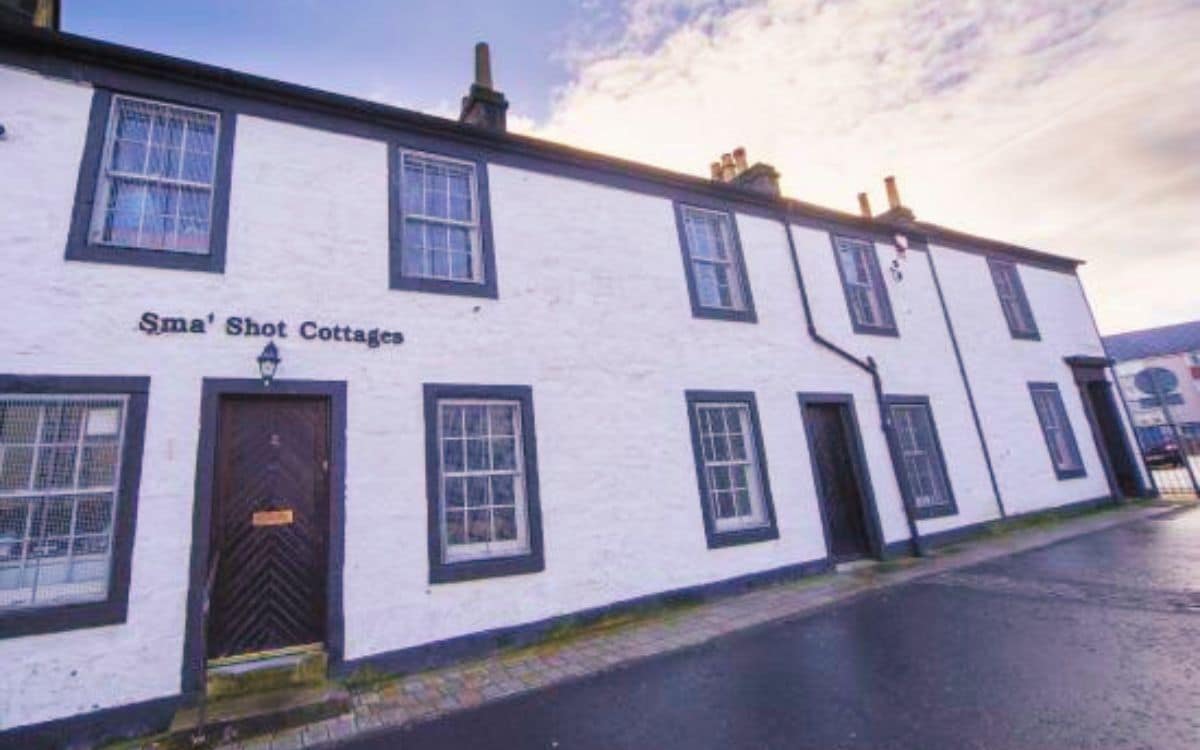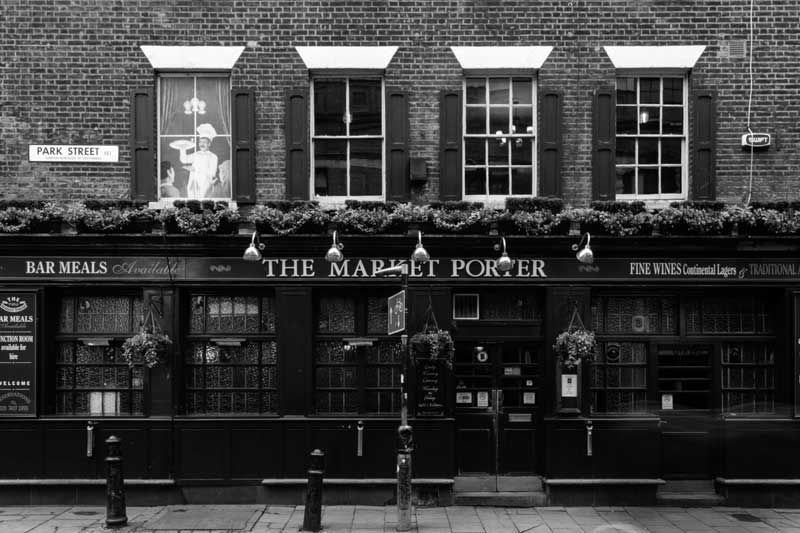DOM COOPER serves up some tasty British Werewolves tunes for the full moon!
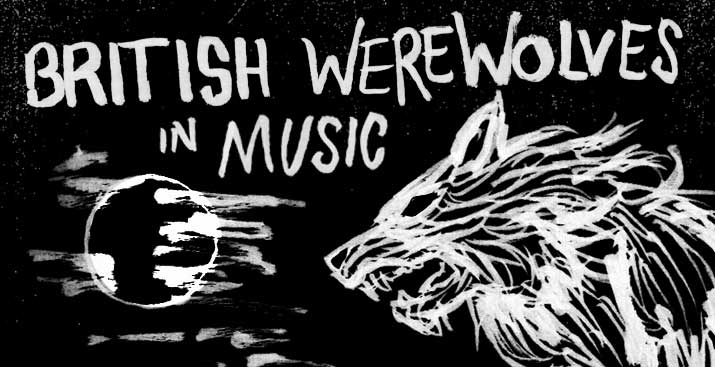
British Werewolves in Music
Therianthropy or animal transformation is a recurrent theme in British folklore that has filtered down into folk song and beyond, capturing the imagination of many a songwriter.
The old English word for ‘man’ is ‘were’ and it is from that source we get werewolves, werefoxes and werecats. Many instances of ‘were’ animals can be found in lore and culture, and from these tales the myth has grown to become locked in to the public psyche.
Saxon chronicles and other written accounts, dating back to the time of King Athelstan in 950, tell us that Britain was once inhabited by wolves. The wolf population endured until the 18th Century when it eventually died out after being hunted to extinction. The last wolf is reported to have died at Wormhill. Maybe the guilt from that crime would go on to create their cultural payback later.
In the Welsh poem ‘Pa Gwr yw y Porthwr’ from circa 1250, we find the Gwrgi Garwlwyd (Man Dog Rough Grey) who was known to kill a Briton each day, with two on Saturday so he could rest on Sunday. This is wolf savagery getting it’s claws in early.
Other animals were also feared. Foxes were thought to be the devil in disguise in the Middle Ages. In Lincolnshire a bite from the vulpine creature was believed to be fatal, and another piece of lore said – during those rare days when both the sun shone and the rain fell, this meant foxes were getting married.
Reynardine
The fox as a trickster appears in an ever evolving folk song from the 19th Century called ‘Reynardine’. Collected as a Victorian broadside ballad, the werefox song (or werewolf song) was later adapted into its well known form by A.L. Lloyd, and in ’69 the band Fairport Convention popularised the song. In ’71 Anne Briggs recorded her stark haunting version.
Wolf sightings and werewolves grow apace through the centuries, as fears from abroad and tales of beasts in dark forests infect minds across the country. European stories such as Giles Garnier of Dole or Jean Grenier of Gascony help the evolution along. With each tale, the popular conception of a werewolf comes in to play – a full moon, a trail of dead livestock, unearthly howling, a silver bullet, and the torment of the transformation.
Some respite can be found with the Scottish people and their Wulver myth. Counteracting those tales of horrific werewolves is the good deed of the Wulver, a friendly wolf-man from the Shetland Islands that leaves fish outside the houses of hungry families.
The return of the scary wolf isn’t long in coming, as the beast tears its way out of the big screen, payback time I guess. In the 50s and 60s horror was huge and audiences loved to be scared. By the flicker of light in a darkened theatre, we get werecats via the film ‘Cat People’ in ’46, and in ’61 we see the arrival of ‘Curse of the Werewolf‘. Directed by Terence Fisher and starring Oliver Reed as the werewolf, the film’s music is created by a stirring orchestra composed by Benjamin Frankel – sounding like a fall in to despair. Beware the full moon.
In ’57 came Michael Landon’s American film ‘I Was a Teenage Werewolf’. Where the pain of growing up is linked to pain of the sprouting of wiry hairs and fangs. Angst becomes animal rage, and the craze for all things horror is fuelled by novelty records such as Gary Warren’s ‘Werewolf’.
Gary Warren’s ‘Werewolf’
Back in Britain, to get a full tale of lonely anguish from a werewolf, we can listen to Barry Dransfield’s ‘The Werewolf’. Written in ’64 by Michael Hurley as ‘The Werewolf Song’. Dransfield’s adaptation tells of a light footed creature that howls in the morning out across the moors, hunts in the evening and eventually kills a maiden. He then pleads for sympathy because he was once just a man. His violence is an affliction, a symptom of his illness. We’ve come to the stage where we can psychoanalyse the werewolf and try to understand him rather than simply fear him.
As the fear recedes a little, werewolves become cool. Released by the Liverpool label Thrust in ’77, we get the b-side to ‘Dinner with Drac’ by Lee Kristofferson, a swaggering instrumental titled ‘Night of The Werewolf’, reminiscent of those fifties instrumentals, and a cousin of The Meteors ’87 track ‘Night of the Werewolf’.
The ability to laugh in a frightening situation has always been something we naturally do. After the lessening of the fear and the entrance of the cool, we get horror with a dose of humour. 1981 saw the arrival of ‘An American Werewolf in London‘, a film by John Landis about two American backpackers in the UK who are attacked by a werewolf whilst on the moors. One dies and the other finds out that a full moon isn’t his favourite time – famously rampaging in wolf form around Piccadilly Circus. The soundtrack however is not the ramped up terror that we’ve seen in the past, but a jukebox of pop. With tongue firmly in cheek, the director uses Van Morrison’s’ Moondance’. We sing along and tap our feet until the next kill.
There will always be those who are drawn to the darker side, the call of the wolf so to speak, and UK Decay deliver a track that scares from the outset with their 1982 song ‘Werewolf’, a sonic gurgle of electronic guitars and dread.
Werecats reappear in the eighties via the ’82 film ‘Cat People’ starring Nastassja Kinski, a remake of the ’46 version. A slick-wet neon noir that is soundtracked by the thin white duke himself, David Bowie.
Michael Jackson’s ‘Thriller’ video becomes an event in ’83, depicting him as a wolf then a zombie. In a time when British culture is in thrall to America, ‘Thriller’ gets a prime slot on UK TV. ‘Teen Wolf’ appears in ’85, and now werewolves have become as ubiquitous as a coke.
It takes punk to reclaim it with songs such as the Coffin Nails ‘Werewolf Bitch’, a slice of the old angst with dubious ideals, or Erazerhead’s ‘Werewolf’, a spiky refrain. Metal and specifically death metal go on to revive the werewolf and darken up its myth, wrenching it from its Wulver complacency.
British werewolf stories continue to feed the myth to this day, with the most recent sighting in 2007 at Cannock Chase, a place where many witnesses have claimed to have seen a wolf beast. Other events from the past, such as the Welsh Denbigh wolf, ‘a weird looking animal that stood up on its hind legs with blue human-like eyes’, or the Lynton wolf that roamed the Valley of the Rocks, continue to perpetuate the mythology.
By now, the werewolf is up for grabs as a symbol. It can haunt you, playing on your basic fears, or it can be a metaphor for the loneliness of the outsider. Lastly it can be a badge of cool, something to conceptualise angst-ridden loud music. Scottish band Mogwai leave us with ‘How to be a Werewolf’.

